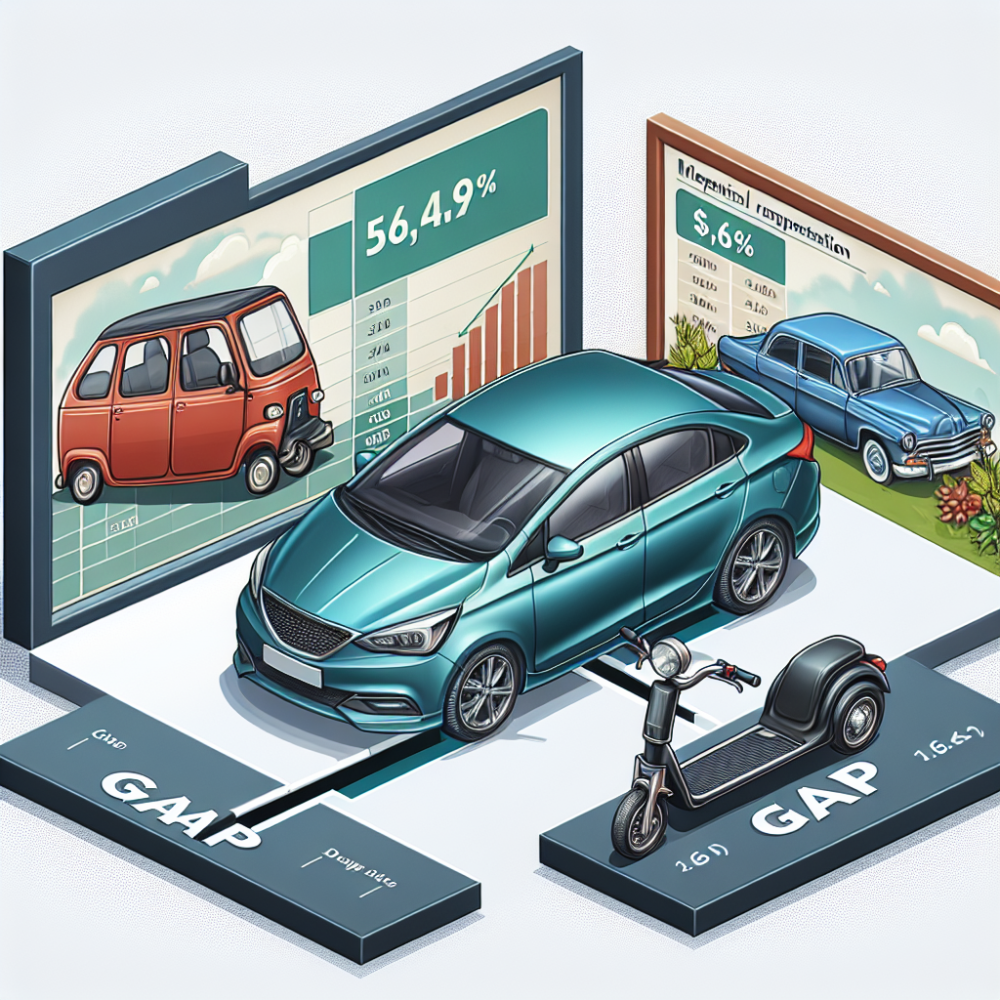Understanding the Importance of Gap Insurance for Your Vehicle

Posted on: Saturday, March 2nd, 2024
Gap insurance plays a pivotal role in protecting car owners from financial distress in the event their vehicle is totaled or stolen and not recovered. It covers the difference between the vehicle's actual cash value (ACV) and the amount you owe on your loan or lease. This type of insurance is particularly valuable during the early years of car ownership, when depreciation can significantly reduce a vehicle’s market value. Understanding gap insurance and its relation to vehicle value is crucial for making informed decisions about your car insurance needs.
Top 10 Essentials of Gap Insurance Related to Vehicle Value
1. Definition and Purpose: Gap insurance is designed to cover the "gap" between the vehicle's depreciated value and what you still owe. It's a safeguard for when your loan balance exceeds the vehicle's market value.
2. Depreciation Impact: A new car can lose up to 20-30% of its value within the first year. Gap insurance is vital during this period as the loan amount often surpasses the car's depreciated value.
3. Loan-to-Value Ratio: Higher loan-to-value (LTV) ratios make gap insurance more essential. If you put down a small deposit or stretch your loan term, considering gap insurance is a wise choice.
4. Leased Vehicles: For leased vehicles, gap insurance is often required since lease agreements can leave consumers responsible for the difference between the insurance payout and the lease amount owed.
5. Determining Your Need: To assess if you need gap insurance, compare the ACV of your vehicle (what it's currently worth) against the balance of your loan or lease. If there's a "gap," this insurance might be right for you.
6. Buying Gap Insurance: You can purchase gap insurance from your car insurance company, car dealership, or a standalone gap insurance provider. Comparing costs and terms across these options can save you money.
7. Cost of Gap Insurance: The cost of gap insurance varies based on where you purchase it and your vehicle's value. Generally, it's a small addition to your overall insurance premium when bought through insurers.
8. Cancelation and Refunds: If you pay off your loan early or sell the car, you may cancel your gap insurance. Many policies offer refunds for unused coverage if you pay upfront.
9. Claim Process: Filing a gap insurance claim involves providing proof of the vehicle's value and the outstanding loan or lease balance. Your insurer or the gap provider will guide you through the process.
10. Alternative Coverages: It's essential to differentiate gap insurance from new car replacement insurance, which covers a new vehicle of the same make and model, not just the gap amount.
Understanding the intricate relationship between gap insurance and vehicle value safeguards against potential financial losses. It ensures you're adequately protected in scenarios where your vehicle's ACV falls short of your financial obligations. Whether purchasing a new vehicle or reviewing your current insurance coverage, considering gap insurance is a prudent financial decision.